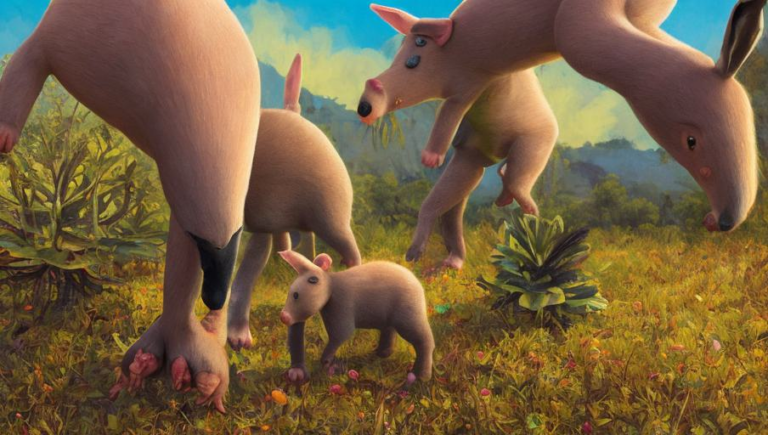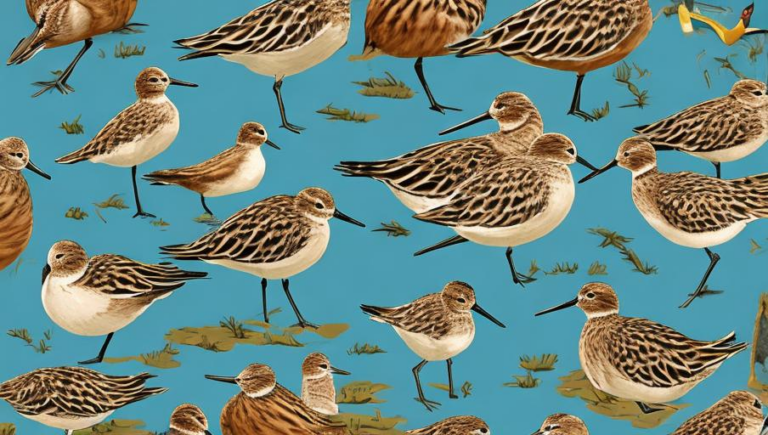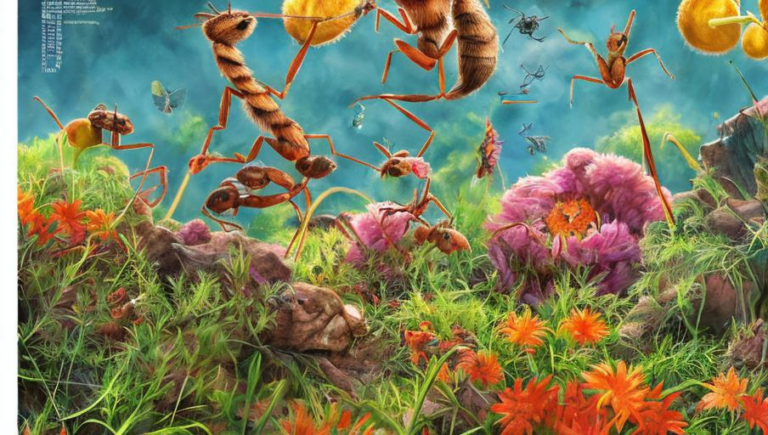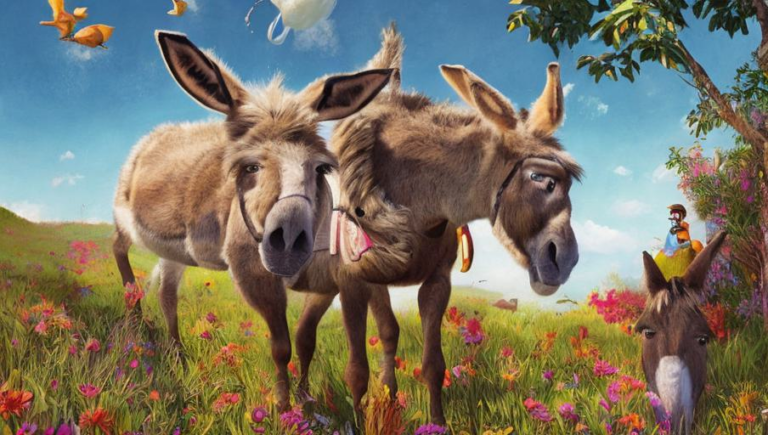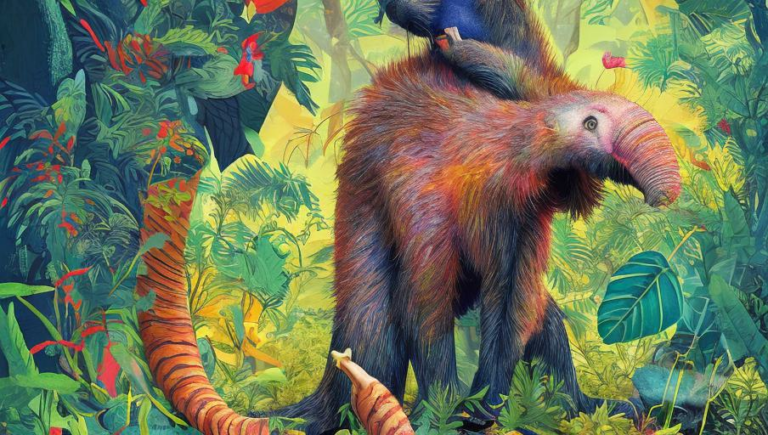Yielding to the Mystery: Investigating the History of the Camel
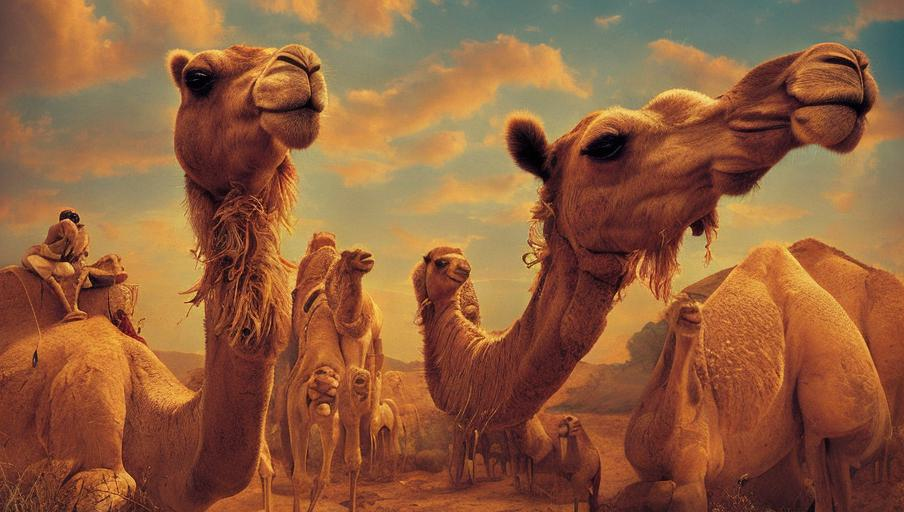
The Camel: A Short History
The history of the camel is a fascinating one that has captivated historians and scientists alike. The earliest evidence of camels’ existence dates back over 4,000 years ago in the Middle East, where they were used as pack animals and for transportation. Over time, they have been domesticated and used for a variety of purposes, including military, transportation, and labor. The camel is still an integral part of life in the Middle East and other parts of the world today.
The Anatomy of a Camel
The camel is a mammal that stands between six and seven feet tall. It has two humps on its back, which are composed of fat stores that the animal can use for energy when food is scarce. Its thick fur helps to protect it from the harsh desert environment. Camels also have long eyelashes, which help protect their eyes from sand and dust. Additionally, their broad feet help them to walk on soft sand without sinking.
Camel Adaptations for Desert Life
Camel adaptations for desert life are remarkable. They can go for long periods of time without water and can survive in temperatures over 100°F. They have the ability to close their nostrils and lips to keep sand out. Camels also have an efficient digestive system, which allows them to conserve water and extract nutrients from plants that other animals cannot. This helps them to survive in the desert where food is scarce.
The Domestication of the Camel
The domestication of the camel began around 3,000 years ago in the Middle East. Camels were used for transportation, carrying goods and people, and as a source of food and clothing. They were also used for military purposes, as they were able to cross long distances quickly. The domestication of the camel spread to other parts of the world, such as North Africa and India, and is still practiced today.
Camel Conservation
Camel conservation is an important issue, as the animal is facing a decline in population due to a variety of factors. These include habitat loss due to human encroachment and overgrazing, as well as poaching for its meat and fur. Conservation efforts are being made to protect the camel, including the creation of wildlife sanctuaries, the enforcement of regulations, and the education of local communities about the importance of protecting the animal.
The Mystery of the Camel
Despite its lengthy history, the camel remains a mystery in many ways. The animal’s incredible adaptations to desert life, its role in human history, and its importance in conservation efforts are all fascinating topics of study. While we may never fully understand the mystery of the camel, it is certainly worth exploring and learning more about this remarkable creature.
